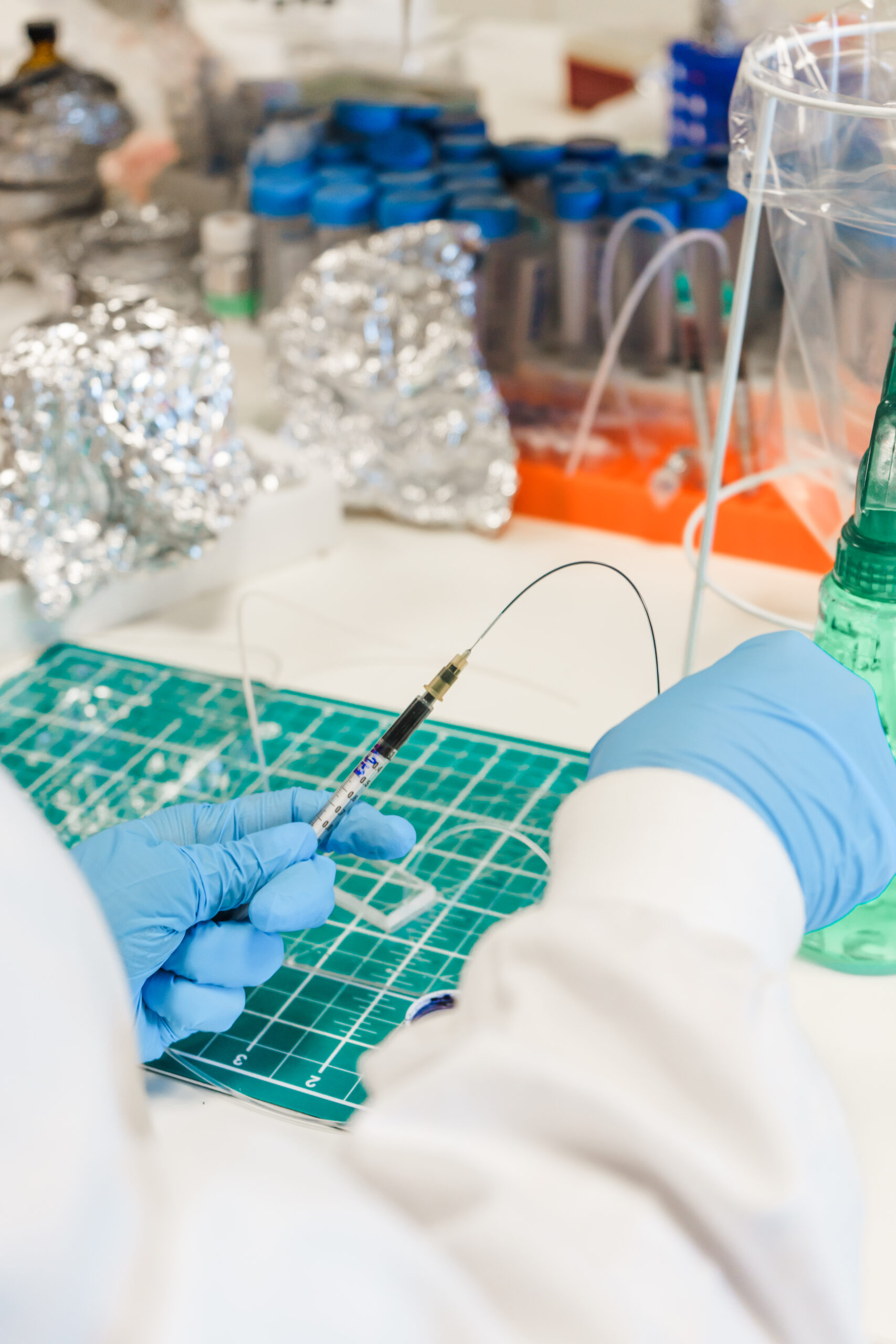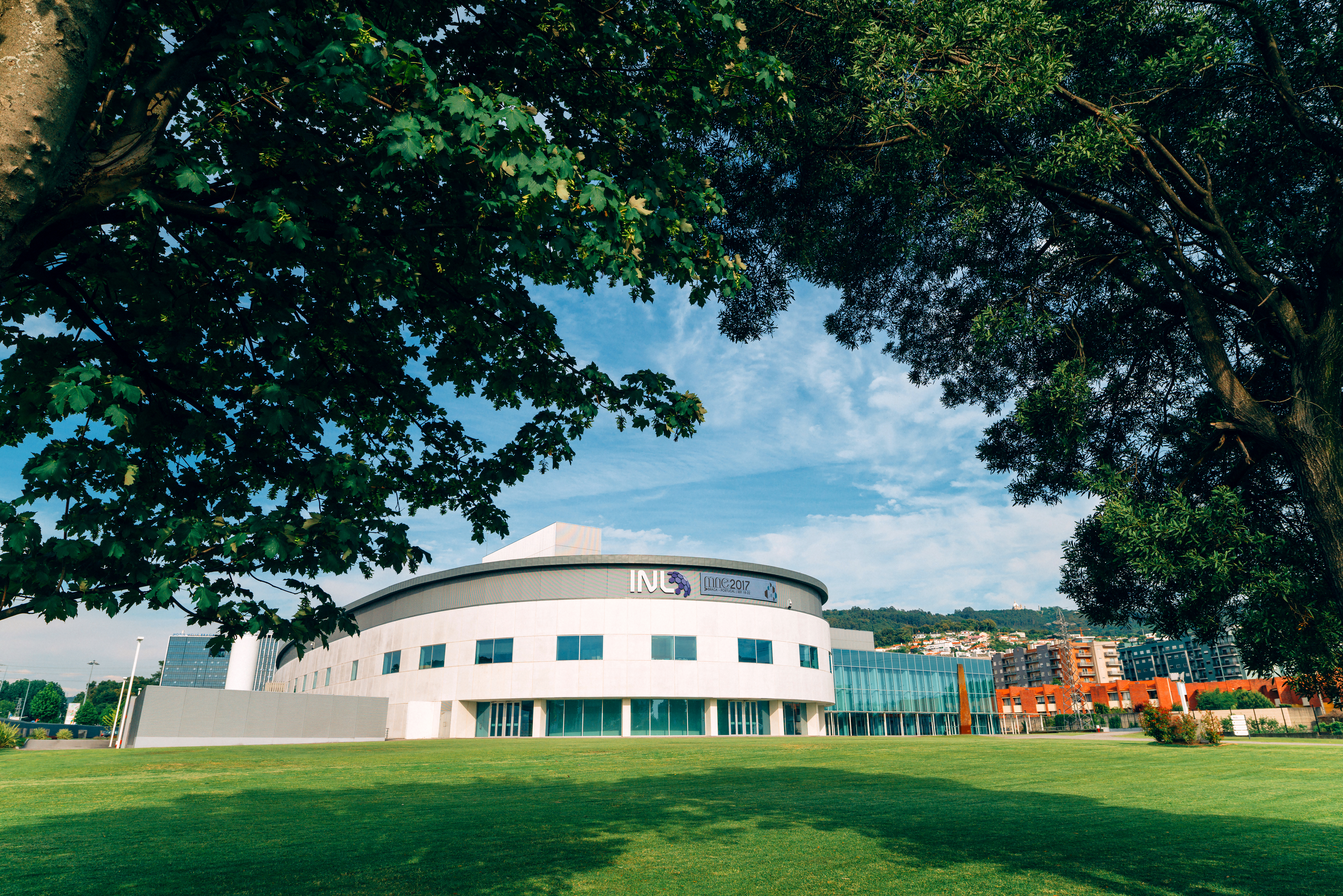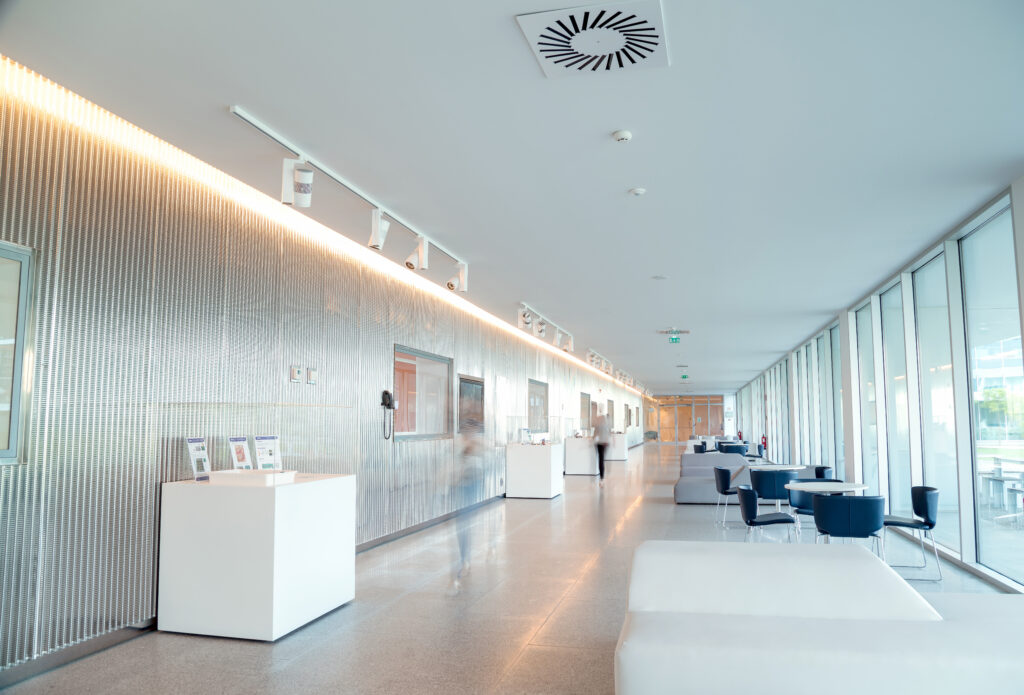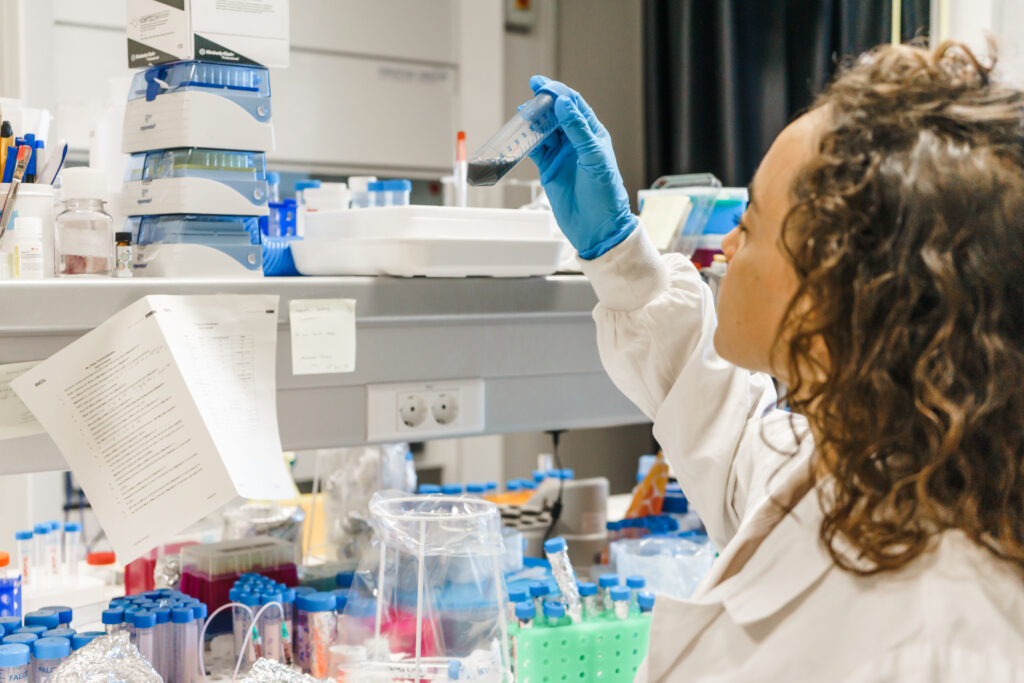INL
Description:
The International Iberian Nanotechnology Laboratory (INL, www.inl.int) is a global centre of excellence in applied nanotechnology research under the status of an International Governmental Organization (IGO).
The INL research programme comprises four strategic fields of application of nanoscience and nanotechnology: Food and Environment monitoring, ICT, Renewable Energy and Health. INL’s mission is to perform interdisciplinary cutting edge research, deploy and articulate nanotechnology for the benefit of Society.


Sara Abalde-Cela (F) (under 40 years old) (ORCID: 0000-0001-5615-594X). Dr Sara Abalde-Cela is a Staff Researcher at the International Iberian Nanotechnology Laboratory (INL) in Braga, Portugal (2019-now). She works within the Medical Devices group, and her research focuses on the development of optofluidic platforms for the diagnosis and monitoring of cancer.
Mainly, she applies Raman spectroscopy as an interrogation technique to develop novel biosensors, mostly directed to the detection of single cells and metastasis underlying mechanisms. Sara holds a PhD in nanotechnology by the Universidade de Vigo (Spain, 2008-2013) and postdoctoral experience at the University of Cambridge (UK, 2013-2016). Her experience in research gathers expertise from nanotechnology and Raman spectroscopy to microfluidics and microdroplets for biotechnology applications. Sara won several funding, research awards and recognitions along her career, she has >50 contributions to conferences (> 15 invited), 22 peer-reviewed publications (ca. citations 740) and 1 filed patent. Further, Dr Abalde-Celahas attracted own funding (Marie Curie, H2020 and FCT) and has participated in 2 EU COST Actions (PortASAP, Raman4Clinics; 2017-now); 2 FP7 projects (DEMA and FaiERA; U. Cambridge and AIMEN Centro Tecnológico) (2013-2017), 7 national Spanish projects and one Galician project (2009-2013). She has also being involved in lecturing, science outreach and start-up programs in Cambridge, Boston, London, Vigo and Braga. Sara is also the co-founder and CTO of the start-up RUBYnanomed (2018 – now).
Role in the project :
INL will participate WP4 for the fabrication of the plasmonic detector.
INL will lead WP5 for the development of the optofluidic platform for single-cell monitoring and validation of the technology
Infrastructure and facilities :
INL ́s campus extends over a total area of 47,000 m2, with a built area of about 26,000 m2, which includes 1000 m2 Cleanroom with Class 1000 and Class 100, and individual and central laboratories of about 7,500 m2. INL dedicates part of its premises to incubation of start-ups, having its own acceleration programme.
Also, High Accuracy labs and additional facilities provide an extremely low vibration and noise- shielded space for the characterization methods: SEM; TEM, FIB; XRD, SAXS; AFM; XRF and XPS, microfluidics lab, confocal fluorescence and Raman, MRI, 3D printing.

Related projects and publications :

H2020-PERSIST (875406, 2020-2024), H2020-NanotrainforGrowth II (713640; 2016-2021), Impact-L (FCT Portugal, 2018-2021).
LIST OF 5 PUBLICATIONS.
- Abalde-Cela, S., Taladriz-Blanco, P., De Oliveira, M. G. & Abell, C. Droplet microfluidics for the highly controlled synthesis of branched gold nanoparticles. Sci. Rep. 8, (2018).
- Teixeira, A.; Paris, J. L.; Roumani, F.; Diéguez, L.; Prado, M.; Espiña, B.; Abalde-Cela, S.; Garrido- Maestu, A.; Rodriguez-Lorenzo, L. Multifuntional Gold Nanoparticles for the SERS Detection of Pathogens Combined with a LAMP–in–Microdroplets Approach, Materials, 13 (8), 1934, (2020).
- Rodríguez-Lorenzo, L., Garrido-Maestu, A., K. Bhunia, A., Prado, M., B., Espiña, Diéguez, L., Abalde- Cela*, S. A SERS-based optofluidic device for the rapid detection of Listeria monocytogenes, 10, 6081– 6086, ACS Applied Nano Materials (2019).
- Kant, K., Abalde-Cela*, S. SERS spectroscopy and microfluidics: towards ultrasensitive label-free sensing, Biosensors (2018), 8 (3), 62.
- Abalde-Cela, S., Abell, C., Alvarez-Puebla, R. A. & Liz-Marzán, L. M. Real time dual-channel multiplex SERS ultradetection. J. Phys. Chem. Lett. 5, 73–79 (2014).
